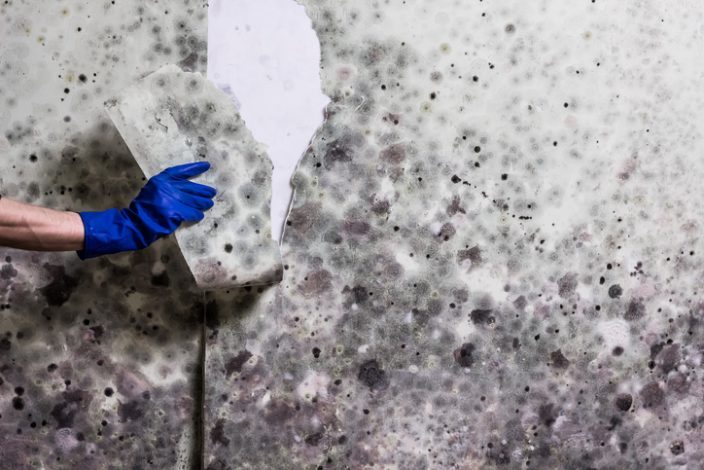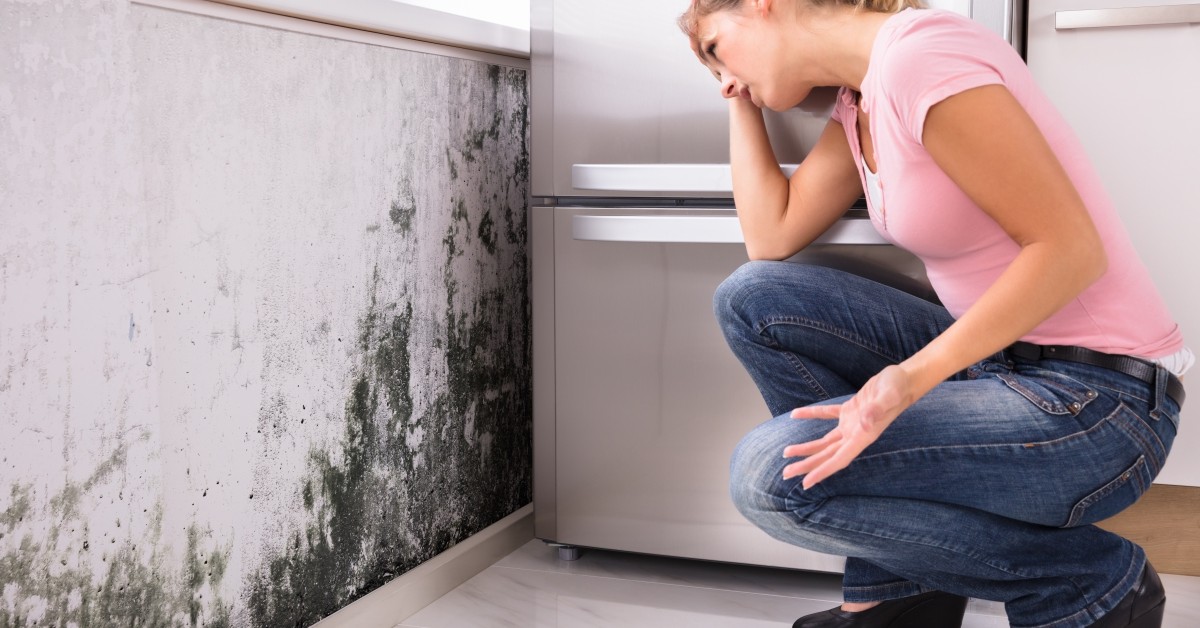Effective Post Mold Removal Solutions for Your Home
Mold and mildew development in homes can be a relentless issue, usually needing an organized strategy for reliable post-remediation services. From comprehending the variables that contribute to mold and mildew growth to implementing proper cleaning techniques and moisture control procedures, the procedure can be intricate yet important for keeping a healthy living setting. Post Remediation verification.
Understanding Mold Development Variables
The key variable contributing to mold and mildew growth is moisture. Mold and mildew spores need moisture to sprout and thrive, making moist or damp environments highly at risk to mold problems.

Additionally, air flow and light direct exposure can influence mold growth. Areas that do not have proper air flow and all-natural light are extra vulnerable to mold and mildew advancement. By addressing these aspects adequately, individuals can properly mitigate mold and mildew development and secure their living environments.
Appropriate Mold Cleansing Methods
Making use of reliable cleansing techniques is essential in attending to and preventing the recurrence of mold and mildew contamination in interior settings. When handling mold, it is important to focus on safety by wearing protective gear such as gloves, masks, and goggles. The initial step in proper mold cleansing is to have the afflicted location to stop the spread of spores to uncontaminated areas. This can be accomplished by sealing the area and using air scrubbers or unfavorable air makers to maintain air quality.

Applying Dampness Control Measures
To effectively protect against mold growth and contamination in interior environments, applying moisture control procedures is paramount. Furthermore, making certain appropriate air flow in areas susceptible to moisture accumulation, such as washrooms and kitchen areas, can help decrease the risk of mold and mildew growth. By diligently executing these dampness control measures, homeowners can effectively reduce the possibility of mold recontamination and preserve a healthy and balanced indoor environment.
Making Use Of All-natural Removal Solutions
After effectively applying wetness control actions to prevent mold growth in interior atmospheres, property owners can currently discover the efficiency of natural remediation options in keeping a healthy living space. All-natural removal remedies utilize ecologically friendly methods to battle mold and mildew and mildew, making them a popular option for those looking for non-toxic choices. By integrating these all-natural removal services into their cleansing routines, property owners can properly battle mold and mildew growth while promoting a healthier indoor atmosphere for themselves and their households.

Preserving a Mold-Free Environment
In order to protect against mold recurrence and make sure a regularly mold-free atmosphere, it is essential for property owners to implement positive maintenance methods. Consistently examining areas susceptible to mold and mildew growth, such as shower rooms, attic rooms, kitchen areas, and cellars, is vital. Resolving any kind of official statement leakages, water damage, or excess dampness without delay can dramatically reduce the threat of mold and mildew growth. After mold remediation. Correct site web ventilation in areas with high moisture levels is additionally crucial to stop mold and mildew growth. Utilizing dehumidifiers or exhaust followers can help keep optimal dampness levels and prevent mold spores from prospering.
In addition, maintaining sanitation in the home is important for mold prevention. Consistently cleansing and cleaning surface areas, rugs, and upholstery can assist get rid of mold spores before they have a possibility to increase and clear up. Using mold-resistant products for building materials and furnishings can better help in producing a mold-free atmosphere. Keeping interior plants in check and ensuring correct drainage in exterior landscaping can decrease moisture accumulation, decreasing the chance of mold invasions. By following these positive upkeep methods, home owners can efficiently promote a mold-free home.
Final Thought
To conclude, it is vital to deal with mold and mildew development elements, make use of proper cleansing methods, carry out moisture control actions, use all-natural removal solutions, and keep a mold-free atmosphere in order to effectively manage message mold removal in your home - Post Mold wall mold removal spray Remediation Report. By following these methods, you can stop mold from recurring and guarantee a healthy and balanced living atmosphere for you and your household
The primary factor contributing to mold growth is dampness. Mold and mildew spores require moisture to grow and germinate, making damp or humid settings very at risk to mold invasions.To successfully stop mold and mildew development and contamination in interior settings, applying dampness control actions is vital. Additionally, guaranteeing appropriate ventilation in areas vulnerable to moisture buildup, such as cooking areas and washrooms, can help reduce the threat of mold growth.After efficiently implementing dampness control steps to prevent mold and mildew growth in interior atmospheres, property owners can currently check out the efficiency of natural removal options in maintaining a healthy living room.